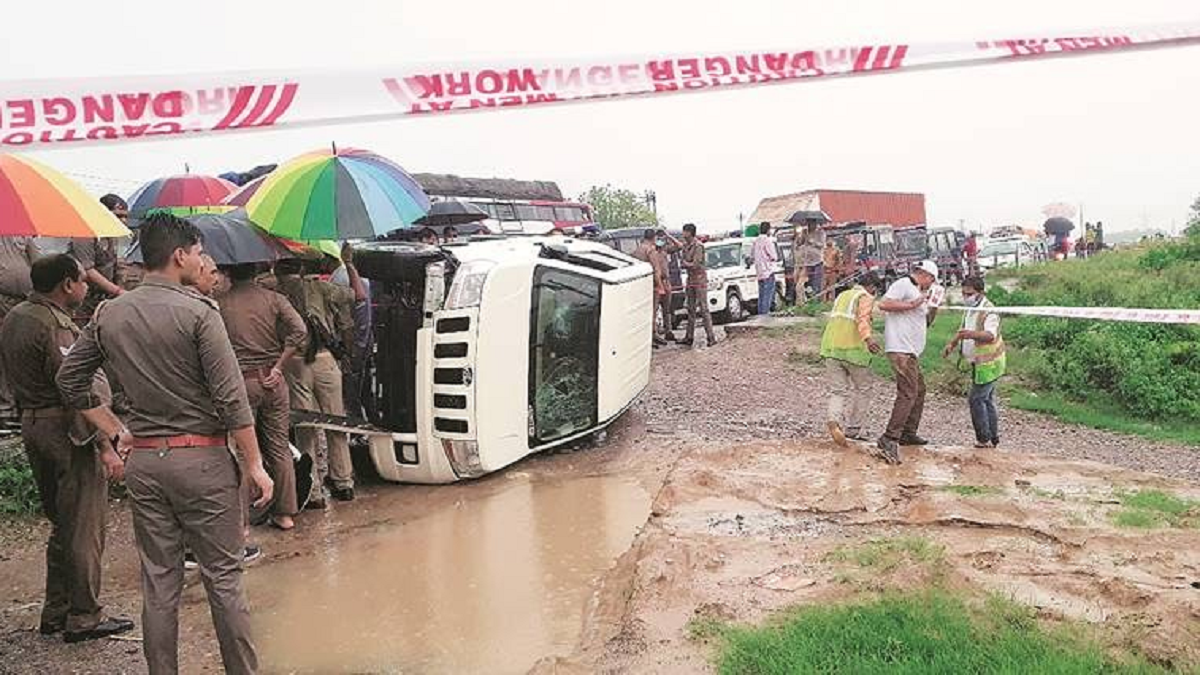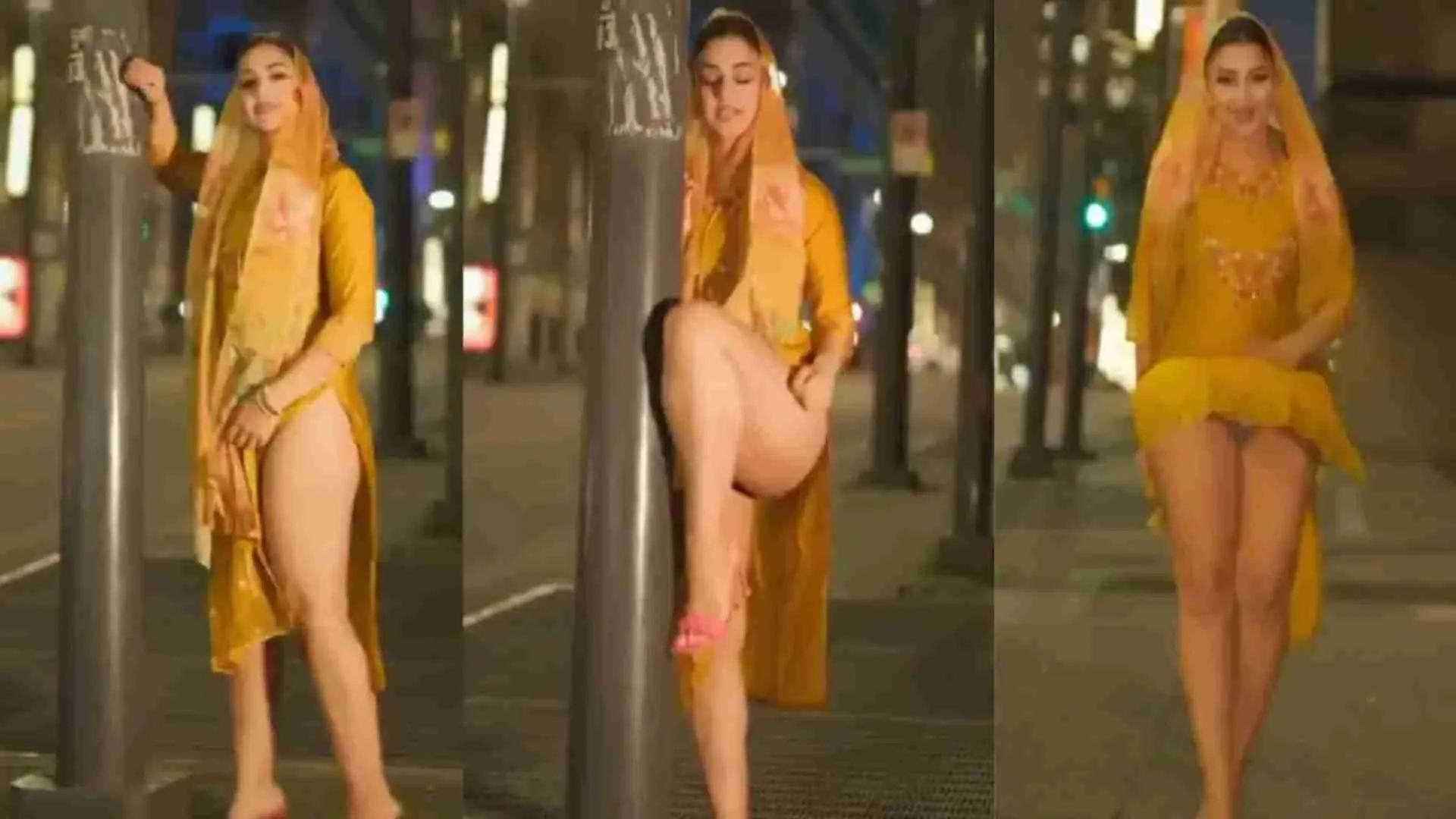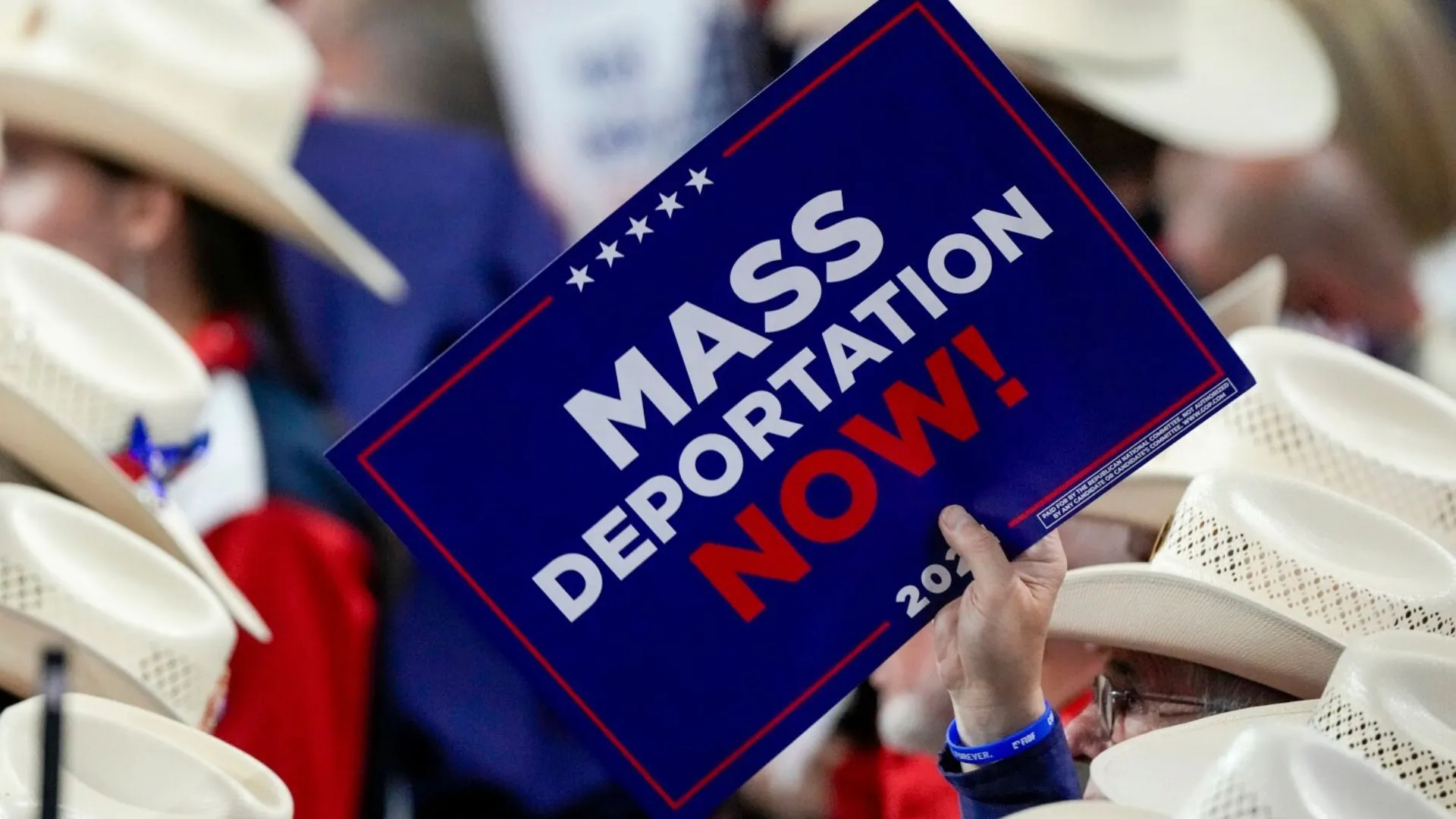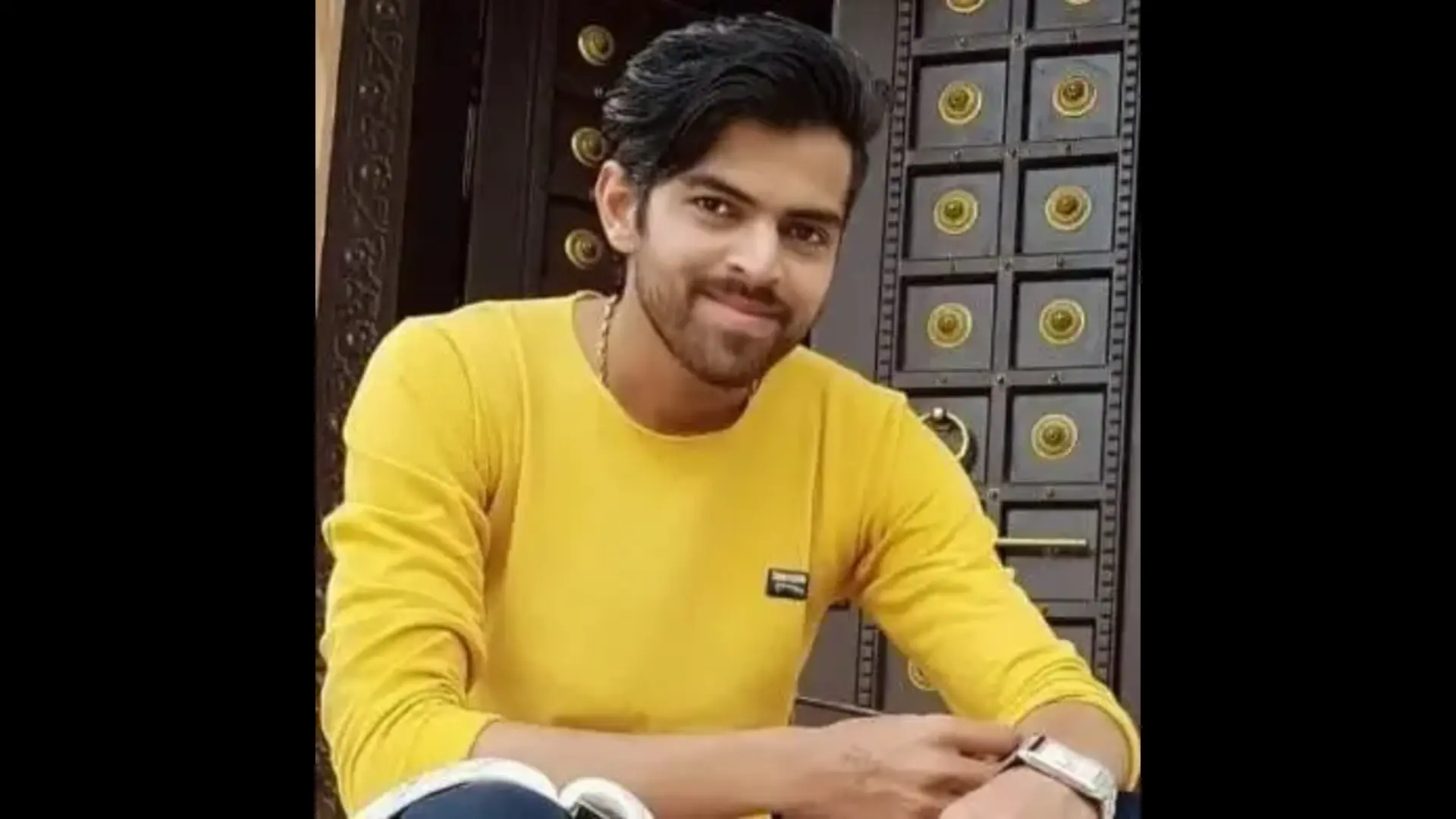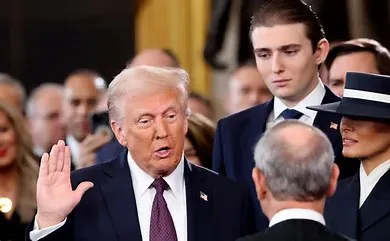The administration of justice is one of the most essential function of the State for a due safeguard of the rights and lives of its people. The key functionaries in this system are police, prosecution, defense counsels, and courts and corrections. Each of these functionaries has defined powers and functions and is subject to specific rules and procedures. This brings reasonability and accountability in their functioning which ultimately solidifies a justice system of a country.
Talking of the police, the preamble of the Indian Police Act, 1861 describes police as an “efficient instrument for the prevention and detection of crime”. However, the recent incident relating to the encounter of accused Vikas Dubey at least at present appears neither prevention nor detection. The name assumingly needs no introduction in light of recent events. Vikas Dubey was accused in 64 cases including those of murder, abduction, extortion. The recent most being Kanpur Cops Killing case wherein 8 Uttar Pradesh police officials were killed when the police went to arrest him. After absconding the place of crime amongst others, on 09.07.2020, he was arrested from Kal Bhairav Temple in Ujjain wherein he surrendered to the police.
The apprehension of an encounter of this main accused was in the air since his run after the incident. His act of surrendering in the temple was thought as a smart and safe move to avert any possible encounter, including a fake encounter. However, an act which on 09.07.2020 appeared to avert encounter or fake encounter and assure safety to his life, turned enfeeble by the morning of 10.07.2020. He was encountered on the outskirt of city Kanpur while he was being brought to Kanpur from Ujjain. It is the case of the police that he was encountered when the vehicle in which he was being transmitted toppled and he “attempted to flee” after snatching a pistol from one of the police officials.
Presently, though the case of the police appears to be uncorroborated by the surrounding circumstances yet it would be not appropriate for the author to comment on the veracity of case of either side as an investigation by the Special Investigation Team is still ongoing.
However, it would be appropriate to point out several facts and issues likely to be involved and play a critical role in determining the veracity of the case of the police. Given the suspicious story and circumstances, on the factual front, an answer to several questions will play a very critical role in the determination of the truthfulness of the case of police. Some of these questions may be briefly noted as follows:
How many police officials accompanied the accused in the transit? How did the vehicle topple? What would the report of an expert say on the possibilities of the toppling of the vehicle? How many police officials were travelling along with him in the same vehicle? Did anyone sustain injuries from the toppling of the vehicle including Vikas Dubey? What does the medical report of each person say about the nature and cause of the injuries sustained? Has the weapon snatched by the accused been sealed? Does such weapon show fingerprints of Vikas Dubey on the pistol? Why was his leg not aimed in all four shots with which he was hit? Did the bullet enter his body from the back or chest? What does the site plan of the place of occurrence indicate? Has any bullet even been fired from the pistol snatched by the accused Vikas Dubey? If it was a fake encounter, why was the time of 7:00 in the morning chosen instead of any time at night? Is there any direct and independent witness to the incident? If no, what does the ratio of vehicles usually be on the said road? When was the transit of vehicles stopped on the road? When was the sound of fire heard? How did the misfortune and coincidence happen only with the accused and co-accused of this case and that too within such a short time, particularly when the apprehensions of the encounter were so high? Why was one of the houses of Vikas Dubey bulldozed when the investigation was still pending?
In addition to them, questions will arise from the documents like site plan, medical reports and the witnesses produced will play a critical role in determining the veracity of the case presented by the police.
On the legal front, the question of why was no transit remand order taken from the Court in Ujjain has been raised. Though the explanation of the police for this would be a relevant fact but interestingly, obtaining of a transit remand has often been held as non-mandatory and mere irregularity. For example, the Jharkhand High Court in Ram Bilash Sahu vs. Union Of India [2012 SCC OnLine Jhar 932] observed that “non-compliance of provisions contained u/s 76 of the Code, in such circumstance can only be an irregularity which shall not be a ground to declare the remand illegal” (para. 13). Further, in Surendra Sardar vs. State of Bihar & Ors. [(2000 (3) PLJR 238] the Court observed as follows:
“It is not a condition precedent or a valid order of remand that the accused must at the time of remand, be in valid custody under a valid remand order. If on the date of hearing of the application the remand is valid, then no writ of habeas corpus can be issued only on the ground that at earlier point of time the remand was invalid.” (para. 6)
Thus, in the present case, the non-taking of transfer remand may be considered as mere irregularity as had the accused been produced before the jurisdictional Court, his custody would have otherwise been treated as valid.
Having noted this, the author opines that the encounter which presently seems to have been staged could have been averted by due diligence of the jurisdictional Court, police official, and/or of any advocate. Taking of transit remand could have at least secured the transit of the accused from Ujjain to Kanpur. Moreover, the accused or any person on his behalf could have pleaded for the order of putting handcuffs and leg cuffs to the accused. This would have in the opinion of the author nullified the story of attempted escape by the accused. But it appears that the accused, the jurisdictional judge or any other advocate or official for that matter did not anticipate that the accused still has his life on risk once he was in police custody after a surrender.
However, in addition to the above-discussed factual and legal matrix, the series of incidents and the response of the police to the entire incident also posts some other questions and thoughts on the existing criminal justice system and political system of the country. First, whether the media and the police have different responsibilities towards society when eight police officials killed vis-àvis killing of any number of civilians of the country.
Second, the encounter at least at present appears to be an ecstatic and emotional response to the killing of their colleagues despite them, either under political pressure or otherwise, having let these people grow and perpetrate in this system to such an extent that some of their officials continuously conspired against the attempt of their colleagues to arrest the accused. The proverb, “as you show, so you shall reap” sadly appears to befit the situation except for the politicians if any were involved. However, the encounter, whether staged or inadvertent, cannot make the people turn a blind eye to this existing dysfunctionality in the police and political structure of the country.
Last, and most importantly, the incidence of encounter particularly if assumed to be fake and staged mocks the functioning of the judicial system, dwindle the faith in the courts and “due procedure established by law”, and override “rule of law”. However, despite the issue of delay and pendency in courts, such encounters or at least encounters which could be averted cannot be justified.
The incident, on the one hand, gives a sense of inefficiencies in the Indian judicial system where a delay is a common phenomenon, on the other hand, it also shows the dysfunctionality of the police and political system. Such extra-judicial exercise of power in the hands of police posits a great threat. It may at present appear fascinating exercise of the police power but history shows that such an exercise of the power or any neglect or excuse thereof has often been misused and degraded justice mechanism of any country. While talking of separation of powers, Montesquieu in his book ‘The Spirit of Laws’ (1748) observed that if the executive power i.e. police and the judicial power are taken by a single hand, the executive acts would lose accountability and lead to arbitrariness. It is in light of this that it is incumbent on the Court to take a stern cognizance of the situation and circumstances and get the incident duly investigated. An overseeing of such an exercise of power would corrupt the justice mechanism in the long run.
It is true that henceforward encounters of hardcore criminals by the police will not only be a norm and in vogue. But any light treatment of this incident would be a slow poison to the administration of the criminal justice system in India. Presently, the surrounding circumstances do suggest it to be a staged encounter and at least attack and question the efficiency of the existing criminal justice system in India. In closing, the author suggests that a strict recognition of the implementation of guidelines noted and framed by the Hon’ble Supreme Court in People’s Union for Civil Liberties & Anr. vs. State of Maharashtra & Ors. [(2014) 10 SCC 635] for encounters and investigation thereof should be put in place and acted upon including in the present appalling and suspected encounter of main accused Vikas Dubey.
Adv. Pareekshit Bishnoi practices at the Delhi High Court and district courts at Delhi.

